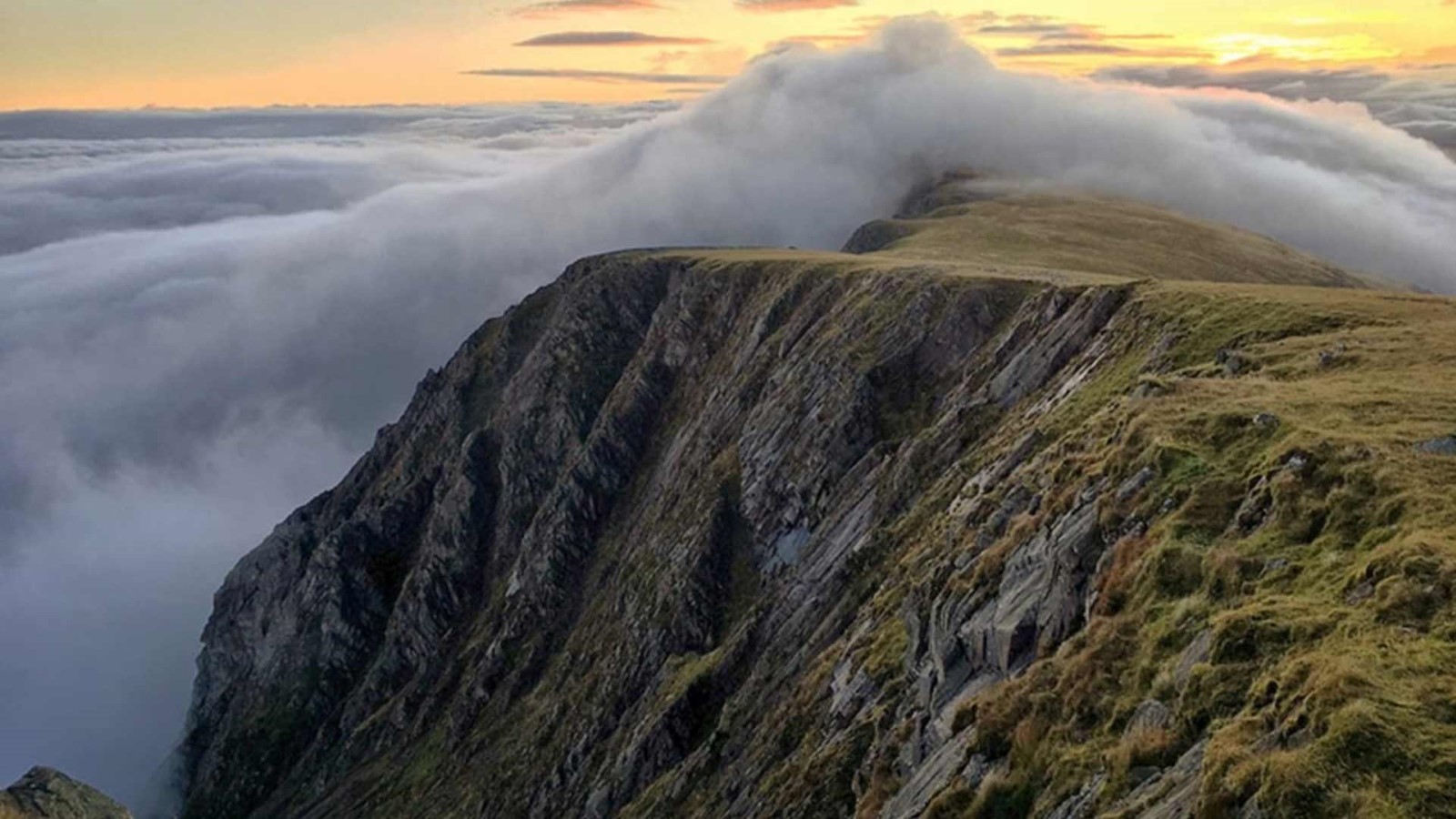
From lonely mountain ranges to steep valleys, idyllic fells to forgotten islands, here are our 13 favourite spots to get off the beaten track (oh, and don't forget your compass!)
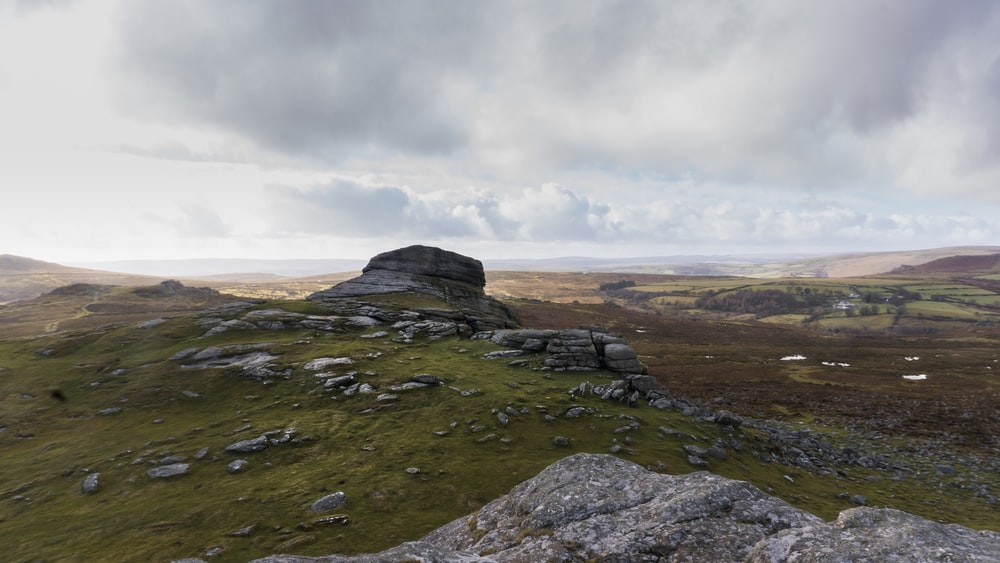
First up: Duck's Pool. Devon's national park is mostly made up of rugged hills, but in the south you'll find great big sweeping patches of open moorland, with no one to be seen for miles and miles (in other words, the definition of bliss). Duck's Pool is one of Dartmoor's most secluded and wild areas. The name's a bit misleading - there is in fact, no pool, but instead a peaty, marshy valley which feels like no one's walked across it for hundreds of years. A haven for nature geeks.
This area is a bit misty and hard to navigate (often dubbed the 'Bermuda Triangle', and with good reason), so make sure you've got proper equipment and the energy to cross some of the most vast, high and exposed terrain in all of Dartmoor.
Duck's Pool is also famous for being the site of one of the first 'letterboxes': a 19th-century practice which involves walkers stamping the visitor's book kept inside to document their experience. Other highlights to look out for include the memorial to William Crossing, who wrote a much-revered guide to Dartmoor.
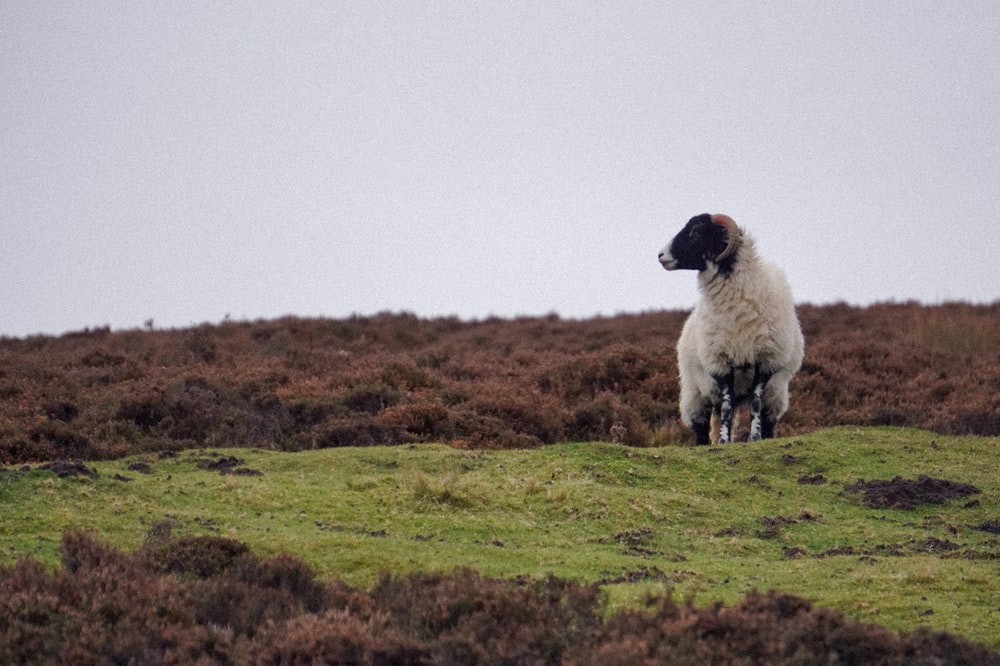
Also known an 'North Yorkshire's Grand Canyon', the Hole of Horcum is a dramatic canyon measuring over 400 feet deep and a mile across, and a place that's steeped in ancient myth and local lore.
You'll find it nestled deep in the Tabular Hills of the North York Moors, and legend has it that it was created when Wade the Giant scooped out a clump of earth to hurl at his wife during a nasty argument. That, or it rocks have eroded over thousands of years - whichever explanation floats your boat. Either way, a seriously windy walk around the perimeter reveals epic views over the open moorland. We recommend visiting in the summer, when explosions of vivid purple heather erupt all over the valley.
Take a walk around the perimeter to discover archaeological remains, the steep ravines of Dundale Griff, and a particularly impressive viewpoint at Skelton Tower. Be prepared for the track across Levisham Moor to be seriously muddy, and take care on the slipper Dundale Griff in the case of misty or wet weather (you are in Yorkshire, after all).
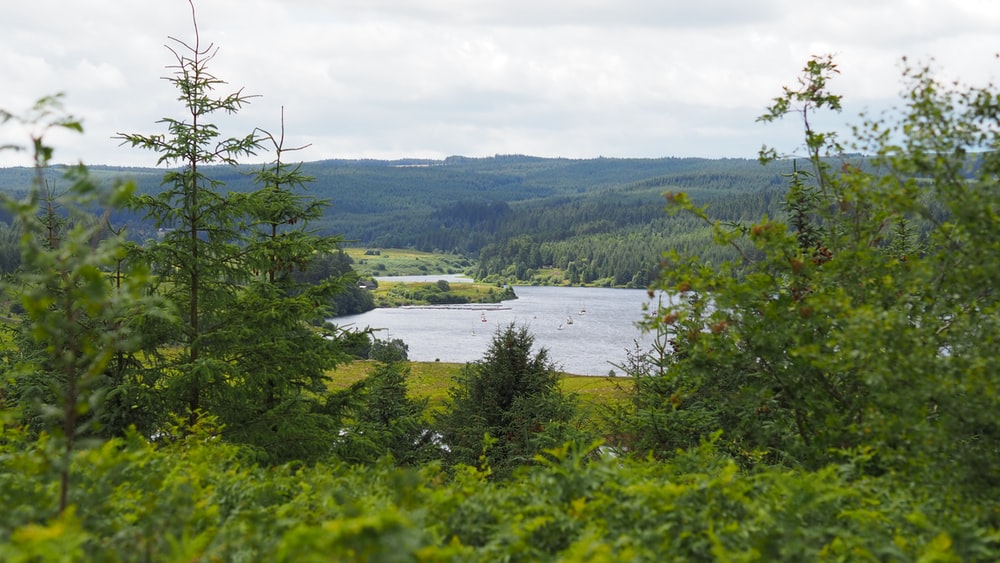
Calling all star-gazers: you'll find some of the best dark skies in Britain at Kielder Water. The forest may be manmade, but once you're past the family-friendly visitor centre and cafe, this is a place that's surprisingly wild.
There are a huge number of hiking and nature trails to choose from, as well as eight bothies and spots designated for wild camping. The minimal light pollution and protected conditions in the area makes for expansive skies blooming with bright stars. In fact, Kielder Water is the first of its kind in England and one of the biggest in the world, sitting alongside big hitters like Death Valley and Big Bend in the US. Check out the observatory to learn more.
Kielder Water is also home to the largest manmade lake in Europe (at over 11 sq. km): making it the perfect place for canoeing, sailing, water-skiing and more.
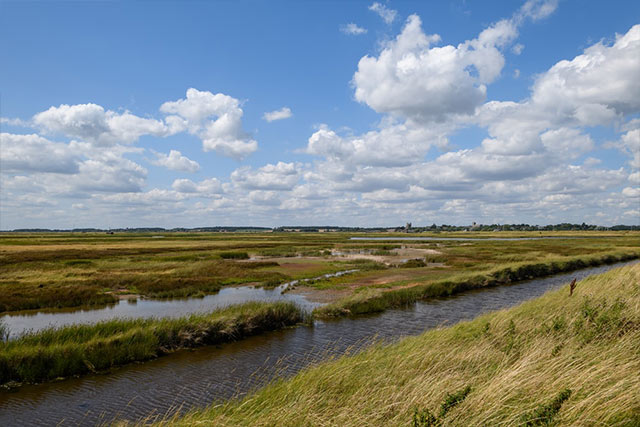
The remote and mysterious Orford Ness is unlike anywhere else in the UK. It's a ten-mile shingle spit on the isolated Suffolk coast. Today, it's a nature reserve for rare wildlife, but it was once a used as a secret testing zone in both the World Wars and Cold War, lending it an eerie and abandoned atmosphere.
There are two waymarked walking trails to follow, which will take you through lagoons, mudflats and salt marshes. The eco-systems here are complex and fragile: the grazing marshes with their contracting pools of water and tangled grasses were created as far back as the 13th century, while the reed-beds support a number of endangered species.
Only a few hours from London, spending time out on Orford Ness is the perfect way to recharge, soak up some nature and get perspective.
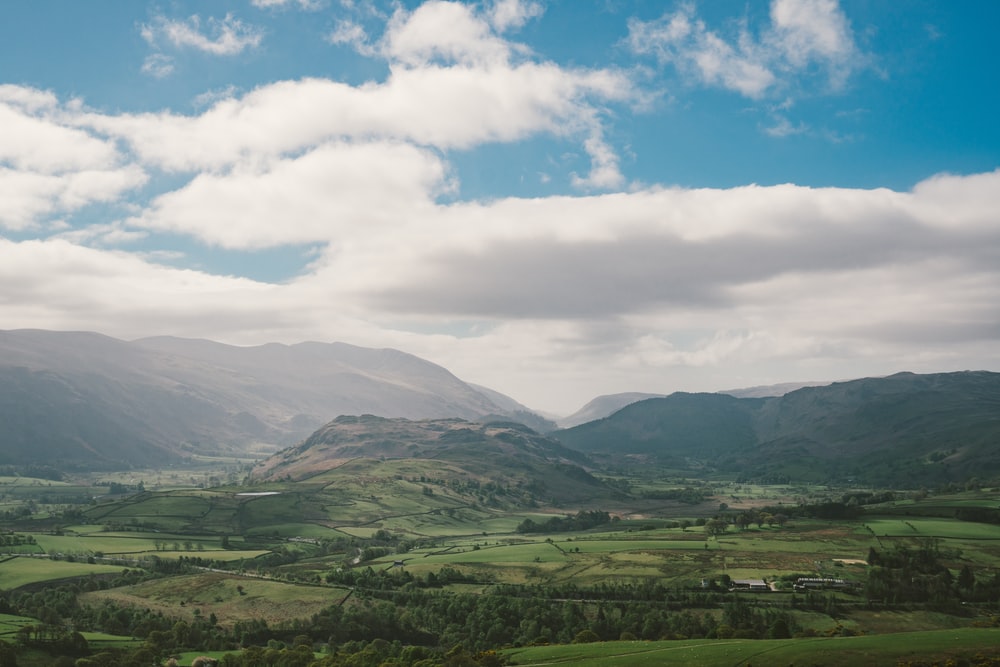
Parts of the Lake District feature gentle, undulating countryside, and are and popular with walkers of all kinds.
Then there are the Northern Fells.
This section of the Lake District, north of Skiddaw, feels completely untouched, with no roads or even lakes to speak of. It's home to the some of the most dramatic fells in Britain, with dizzy peaks soaring up into the sky and valleys carving up the landscape. Even the names sound ominous and formidable: Thief Gill, Dead Crags. The Northern Fells are at their very best during the winter, when rocky terrain peeks out from under a blanket of white.
You can access this area on the Cumbrian Way if you fancy a long-distance hike, or from the village of Hesket Newmarket. Once you're in, any civilization feels a long way away. Bonus points if you can find the isolated bothy.
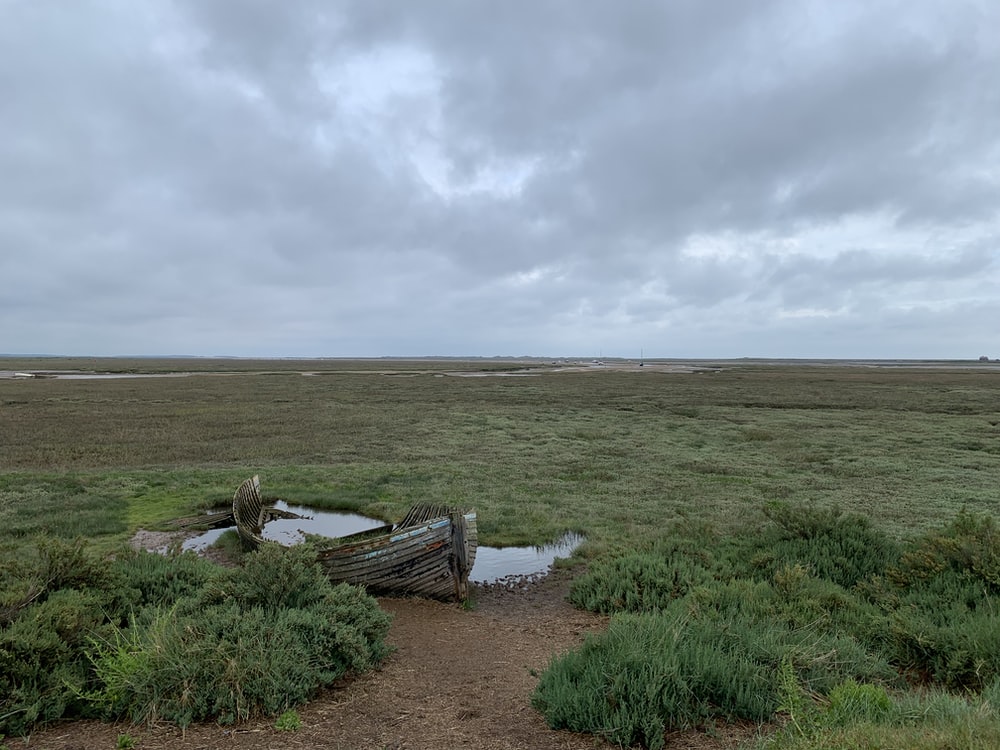
Budding naturalist? This place is for you. Blakeney National nature reserve is a wildlife-enthusiast's paradise and one of the UK's best. A spit stretching for four miles around Blakeney Harbour in Northern Norfolk, this site is also home to the biggest seal colony in the UK. Take a ferry from Morston Quay for the best views of the families spread out around the sand dunes. There's no chance you'll miss them - around 3,000 seal pups are born every winter.
Blakeney Freshes (grazing marshes which sprawl over 160 hectares) are also the perfect place to check out residential and migratory birds, from Little Terns to Pink-Footed Geese, as well as otters and water voles. There are tons of walking trails to discover, which wind their way along the wild Norfolk coast. Take the coastal walk to discover the 7km shingle spit at Blakeney Point, or make your way to Stiffkey, passing dense reed-beds and pristine salt marshes. Bring your waterproofs (and your camera).
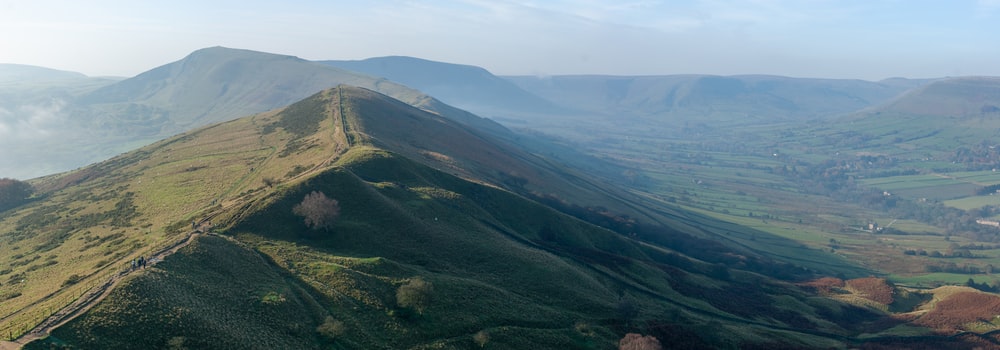
The Peak District is nothing if not dramatic, but Mam Tor ('Mother Hill') takes it to a whole new level. Also known as 'Shivering Mountain', part of this hill's enduring appeal is the approach.
To access it, you have to walk a remote, winding road which leads through a steep gorge. You'll be rewarded with views over the Edale Valley, Derwent Moors and Kinder Scout. Starting in Castleton, the whole walk covers around 6.5 miles. We'd recommend taking in parts of the Peakshole Water river on the way back, extending your hike to eight miles.
The landscapes of Mam Tor make it feel remote and wild, and yet you're in the heart of Hope Valley here, with its pretty villages and hot-spots. This makes it the perfect place to escape to if you like your wilderness served with a pint of local ale at a pub after.
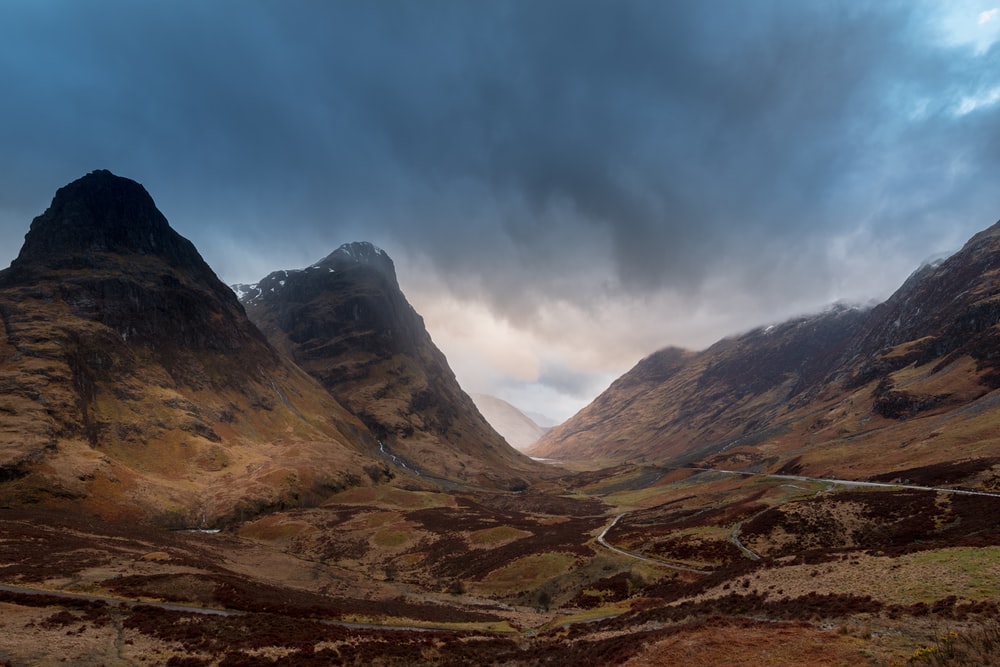
Scotland seriously knows how to do wild and remote, particularly when you get into the Highlands. And nowhere is dramatic Highland scenery better appreciated than Glencoe. You'll find it in the Lochaber Geopark, which is known as the 'Outdoor Capital of the UK'.
There are popular and family-friendly routes through these landscapes of towering mountains and unexpected valleys that were once home to a volcano (it was the filming location for Skyfall, after all, so it's not a complete secret) but it's also a large enough area that plenty of it still feels pretty undiscovered. Rannoch Moor is known as one of the last true wildernesses in Europe, with lochs, hills rivers and rocky outcrops making it tricky to traverse.
Then there's Buachaille Etive Mor, a mountain it'll take you around seven hours to conquer. Walking in winter? Bring your cramp-ons, ice-axe and a whole lotta will-power.
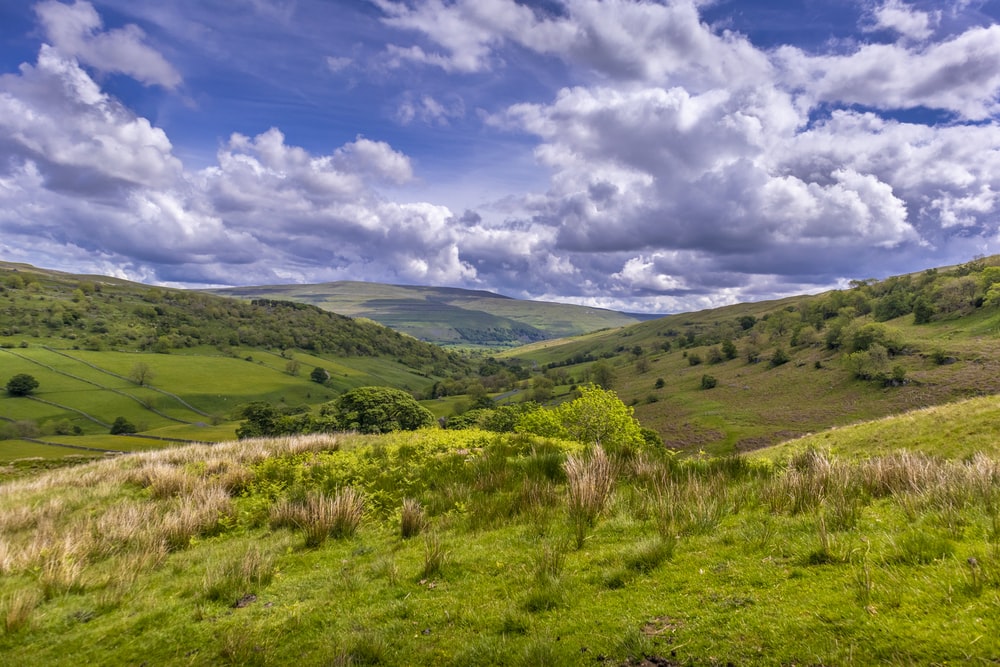
Most people stick to the hot-spots when they visit the Dales - think the pretty town of Richmond, of the impressive Malham Cove. But a look a little beyond the main tourist sites and there are plenty of wild places, waiting to be discovered.
Littondale is the perfect example: it stays peaceful and quiet, even on the busiest weekends in July and August. Try the circular walk between Littondale and Langstrothdale which will take you partly over the mountain of Birks Fell. You'll get to enjoy all of the classic features of the Dales - meandering walls, rolling hills, lonely farmhouses, limestone outcrops - and have them all to yourself as a bonus.
History-lovers will also love Littondale: its three main settlements, Arncliffe, Litton and Hatton Gill, are scattered with Yeoman's houses dating back as far as the 17th century.
The three peaks of Ingleborough, Whernside and Pen-y-Ghent are within easy reach.
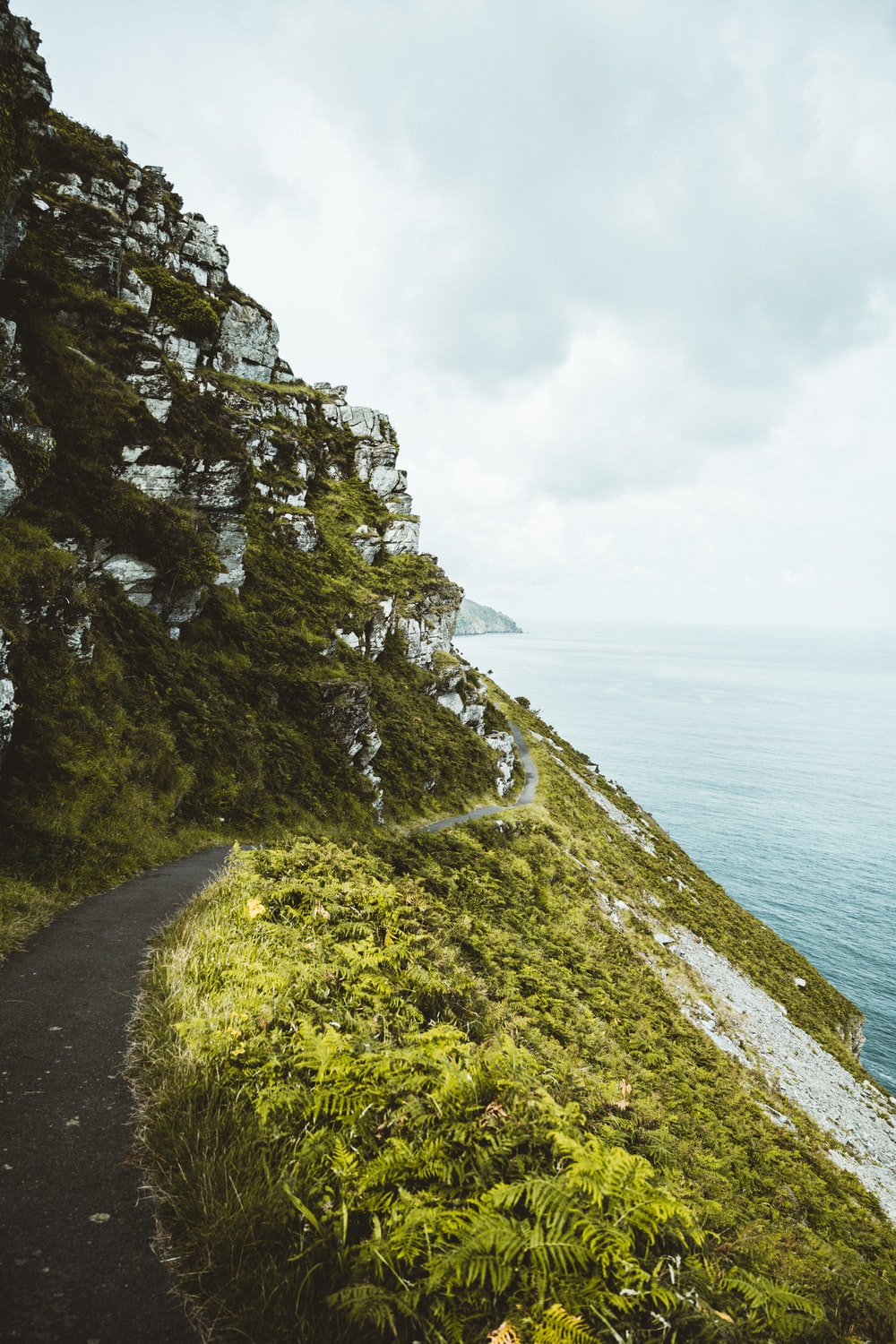
A favourite of ours, but we are Cornwall worshippers, after all. They might only be a mile apart, but Land's End and Mill Bay (also called Nanjizal) couldn't possibly feel more different. While the former is hugely popular with tourists and often jam-packed with visitors trying to get a photo, Mill Bay is gloriously empty and undiscovered.
It's a mile-long section of coastline along the South West Coast Path, taking in rugged heathland and disused copper mines. Highlights include natural rock archways and a thundering waterfall that makes it hard to believe you're in the UK. Nanjizal is packed with wildlife spotting opportunities too, from wild horses to seals, pheasants and nesting sea birds.
There are two incredible cliffs to search out: Carn les Boel and Carn Boel. Take a hike here in spring and you'll be treated to views of vivid yellow gorse, swooping seabirds and rolling waves. Watch out for the sandbar, which only appears at low tide.
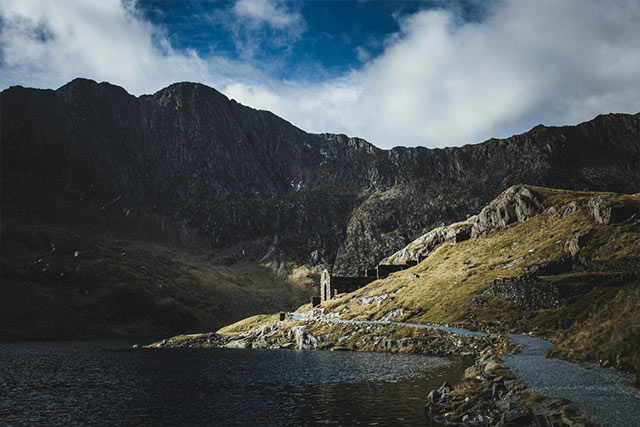
Ready to take on some of the UK's toughest and wildest hill-climbing? Thought so. Welcome to the Northern Rhinogs in Snowdonia National Park, which offer 'off-piste' exploration at its best.
These mountains in Wales is one for the history buffs: it's peppered with Bronze Age sites connected by the Ardudwy Way (which once linked Britain and Ireland's natural harbours). One of the best and most rewarding parts to explore is Bryn Cader Faner, a striking stone circle said to be the final resting place of a prince.
Reaching it isn't for the faint-hearted: there are few marked trails, and the backbone of two rocky hills to clamber over. But the lonely landscapes full of thorny crags and placid make it well worth the trip.
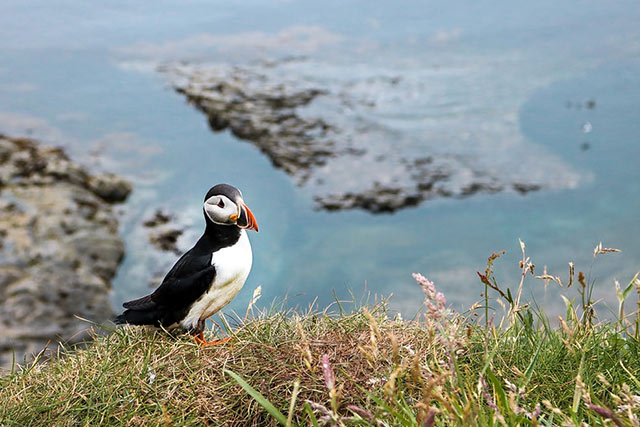
There's wild, then there's Handa Island. You'll find this secret spot in the north west of Scotland, just off the coast of Sutherland, and is used primarily as a National Trust breeding site for seabirds like puffins and guillemots. Nature at its finest.
The landscapes here are unlike anywhere else: think towering sandstone cliffs teeming with wildlife, white-sand beaches and windswept marshes. There are plenty of places to chill out and watch the sea. Look out for marine animals like grey seals and dolphins, and perhaps even the occasional orca.
You can reach the island by ferry, but we dare you to kayak over and wild camp for the night for serious adventure points.
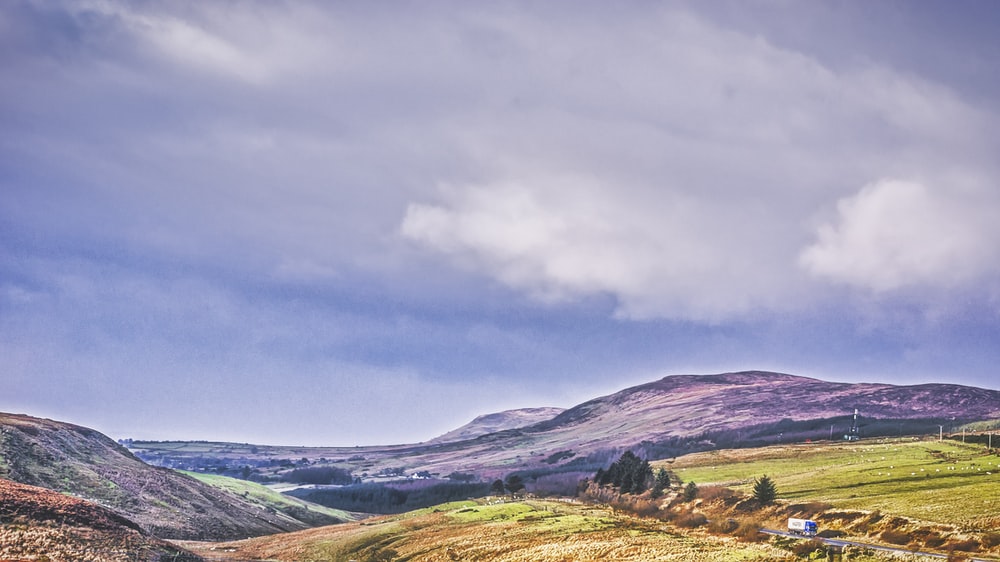
The Sperrins mountain range in Northern Ireland is seriously impressive. Stretching 40 miles across the counties of Derry and Tyrone, it's the largest range in the country. Across the vast wilderness there are 10 summits to conquer, with the highest being Sawel Mountain,a real beauty, clocking in at 678m.
As wild places go, it's pretty ancient: the landscape is made up of metamorphic rocks dating back 700 million years. It also features glacial overflow channels caused by the last ice age, like Barnes Gap and Gortin Glen.
There are also more than 90 sets of stone circles to discover, including the Beaghmore in the south east, which chart the positions of the sun, moon and stars. Nifty.
If you look hard enough, you'll discover pockets of wilderness hidden all over the UK, waiting to be discovered this summer. From the challenging terrain of the Rhinogs to the nesting birds of Handa Island, some of the greatest adventures can often be found closer to home than you think.
What did you think of our list of wild places? Perhaps you have some other ideas to add to the list? Leave us a comment below and let us know, or share if you enjoyed it.